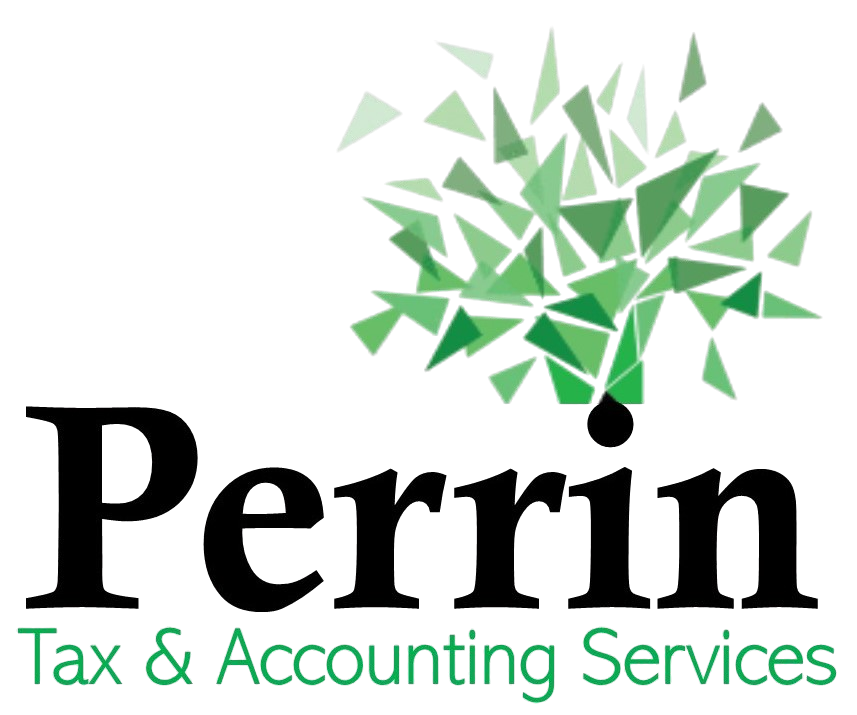
Decluttering has become popular, based in part on the now famous teachings of Marie Kondo, and in part on the minimalist lifestyle movement. But you don’t need to be part of a cultural trend to want to get rid of things you no longer use. People have been selling unused items in one form or another since civilization began. In your lifetime, you may have driven past untold numbers of garage sales and flea markets. Online selling is an iteration of those platforms, where people can sell unused items and put a little cash in their pockets. Here are some of the most popular e-commerce platforms where anyone is welcome to sell without a business license.
Etsy
Etsy began as a platform for people to sell their handcrafted goods. Since its founding in 2005, it’s grown into an e-commerce market that rivals U.S. competitors like Amazon. Etsy’s now ranked at the 4th fastest-growing online sales platforms. Although Etsy’s market share is still quite small compared to Amazon, it’s become a viable place for people to sell their unused items as well as handcrafted goods. Buyers on Etsy often look for vintage items that are hard or impossible to find anywhere.
If you have older items or antiques that you no longer want, Etsy is a good marketplace to list them. It’s free to set up an account, and listing fees per item are nominal. You set your own price, write your own descriptions and make all the shipping decisions yourself. Your account is called an Etsy shop, and it feels very much like running your own virtual storefront. Etsy offers marketing services so you can get more traffic, or put special pieces front and center when visitors come to the Etsy platform. Seller payouts in the U.S. are in the form of direct deposits straight into your bank account each week.
Facebook Marketplace
Facebook marketplace has become an extremely popular way to sell unused items; arguably more popular than Craigslist. There are no fees to sell items locally on Facebook. Anyone with a Facebook account can post items for sale under various set categories like electronics, apparel, sporting goods and much more. It’s not uncommon to post an item on Facebook and sell it the very same day, depending on the item and market demand, of course.
To sell on Facebook, you just visit the Marketplace tab, choose “list an item for sale,” and follow the prompts. Successful items will have several clear photos from various angles, a clear description, including any flaws or defects in the item, and a reasonable price. Once a buyer indicates their interest in purchasing the item, you have to arrange a place for them to pick it up and exchange money. You can also have the buyer pay with Meta Pay, which deposits the payment into your bank account. The biggest downside to selling online through Facebook Marketplace is the danger in meeting strangers in real life. Facebook offers tips on how to stay safe selling on Facebook, and their advice should be carefully followed.
EBay
eBay was founded in 1995 and has since become a market leader in online selling. On this intuitive platform, sellers can list both new and used items ranging from apparel all the way up to raw land and Class A motorhomes. There is certainly a category on eBay for your unused items for sale.
There’s no fee to open an account on eBay, but if you want to sell on the platform, there are a few extra hoops to jump through. You’ll need a seller’s account, and you have to connect a credit card to pay associated listing and selling fees, which are nominal. You have lots of choices when listing your item, including whether to offer it as an auction or at a “buy it now” price. The buy it now option allows buyers to immediately buy your item at the terms you listed including any shipping fees. It’s then your responsibility to fulfill the terms of the sale. This includes shipping it in a timely manner to the correct address of the buyer, wrapping the item in a way that protects it against damage, and supplying tracking information to the buyer. Payment for your item is in the form of a direct deposit to your bank. Both the seller and the buyer can rate each other, enabling you to build up a good reputation as a trustworthy seller. With eBay, you could have money in your bank in as little as two days after a sale. You also have the option of daily, weekly, biweekly or monthly payouts.
Reporting Income From Selling Online
The IRS takes a dim view of selling online and not reporting that income. Even though it may seem like a small matter, the IRS takes it seriously. It’s even taking steps to initiate more scrutiny of online sales transactions. Your CPA will use Form 1099-K to track your income from online marketplaces in amounts that exceed $600 annually. While cash in hand payments are currently impossible to track by the IRS, you are still obligated to report that income when it exceeds the threshold of $600. Examples of online selling that the IRS specifically mentions include:
Auction sites (like eBay)
Crafter or maker marketplace (like Etsy)
Online marketplace (Like Facebook Marketplace or Craigslist)
There are others that don’t specifically refer to sites where you can sell unused items, but from this list you can see that the IRS requires income reporting from selling in this fashion.
Thankfully, official online selling platforms make it easy to track this income. They’re required to send you Form 1099-K, which sums up all your earnings for the year. You just supply your CPA with the form, the income will be reported and you’ll be in compliance with the IRS.
If you have questions about money you receive from selling unused items, contact your CPA, who will help you to differentiate between taxable and non-taxable income.
by Kate Supino
